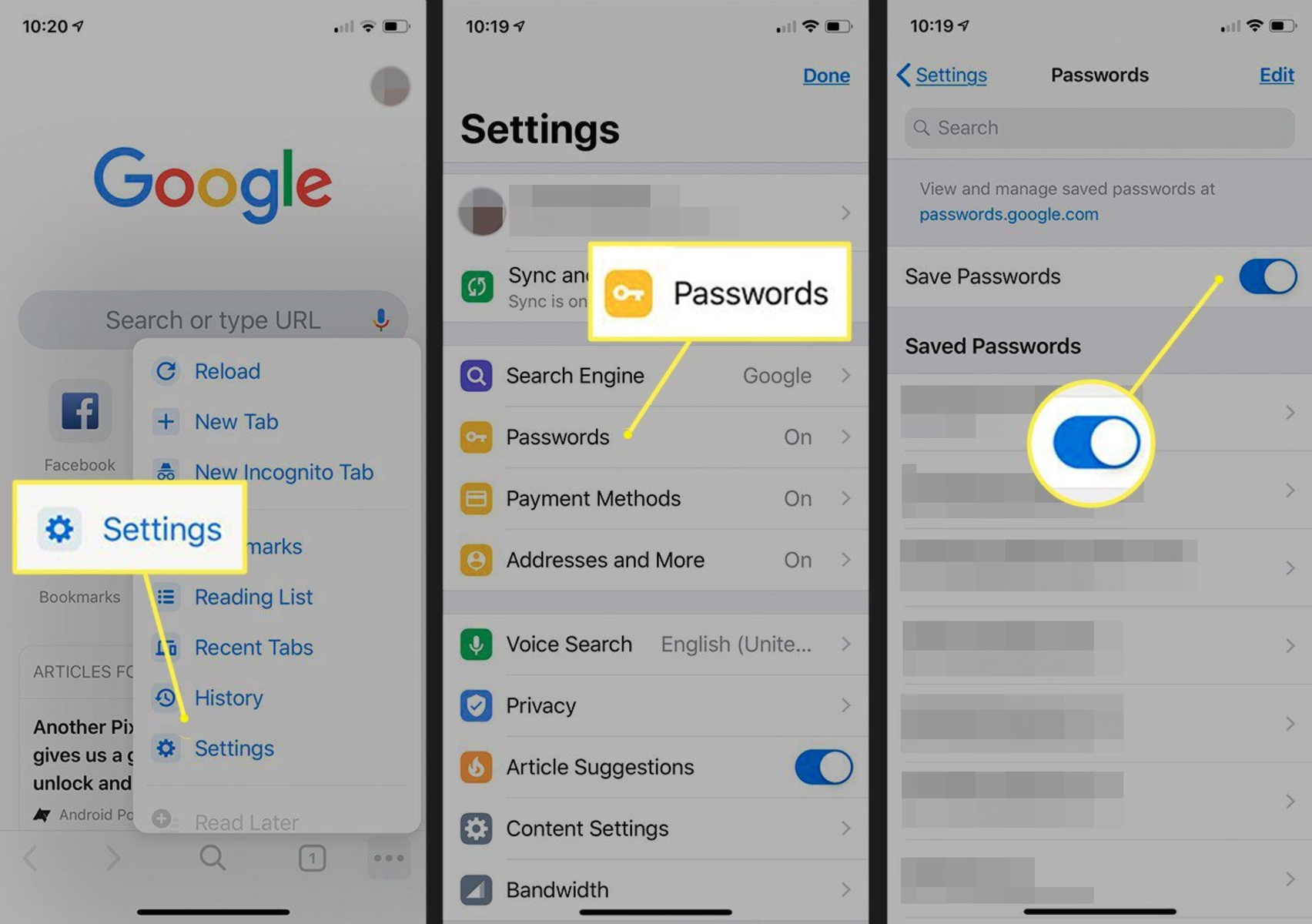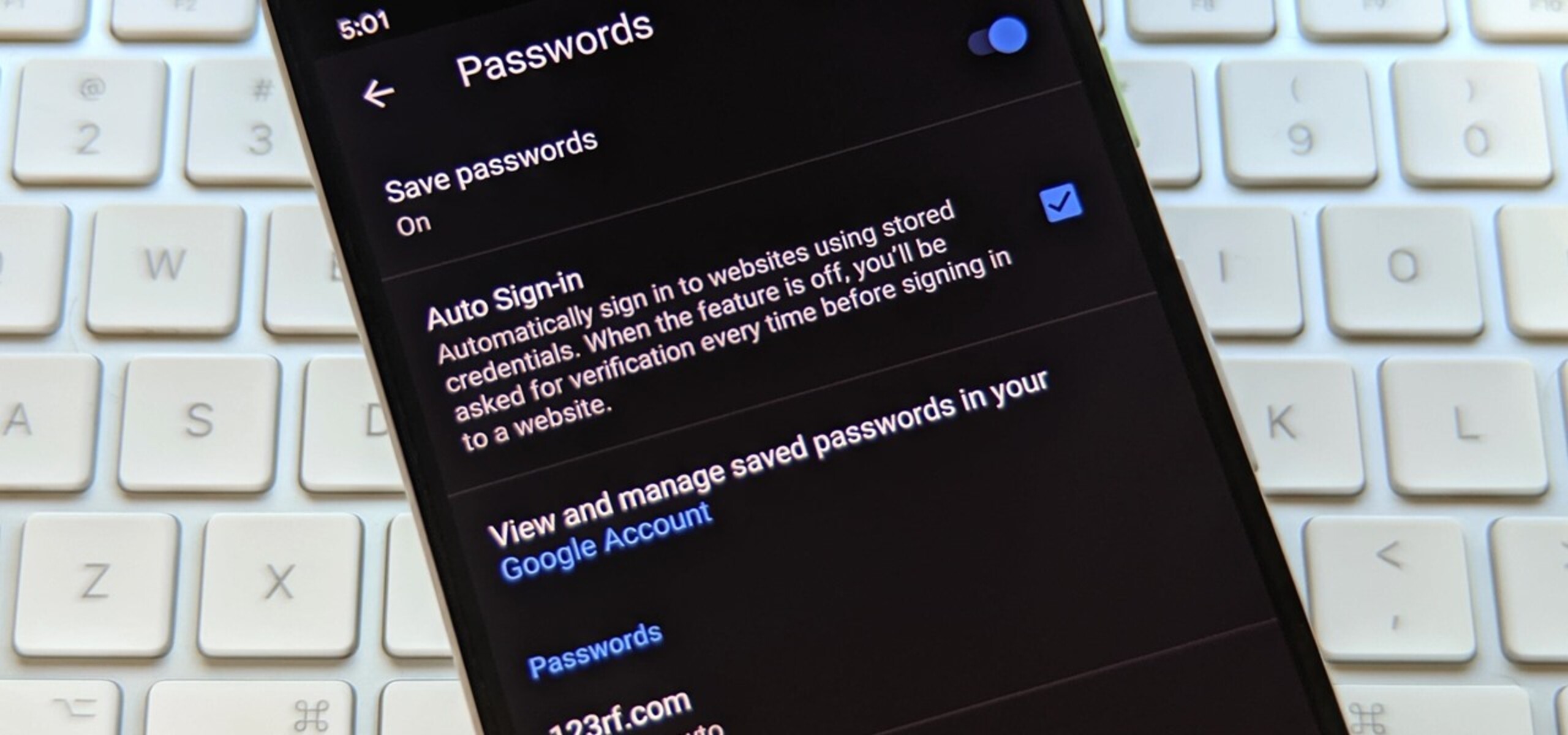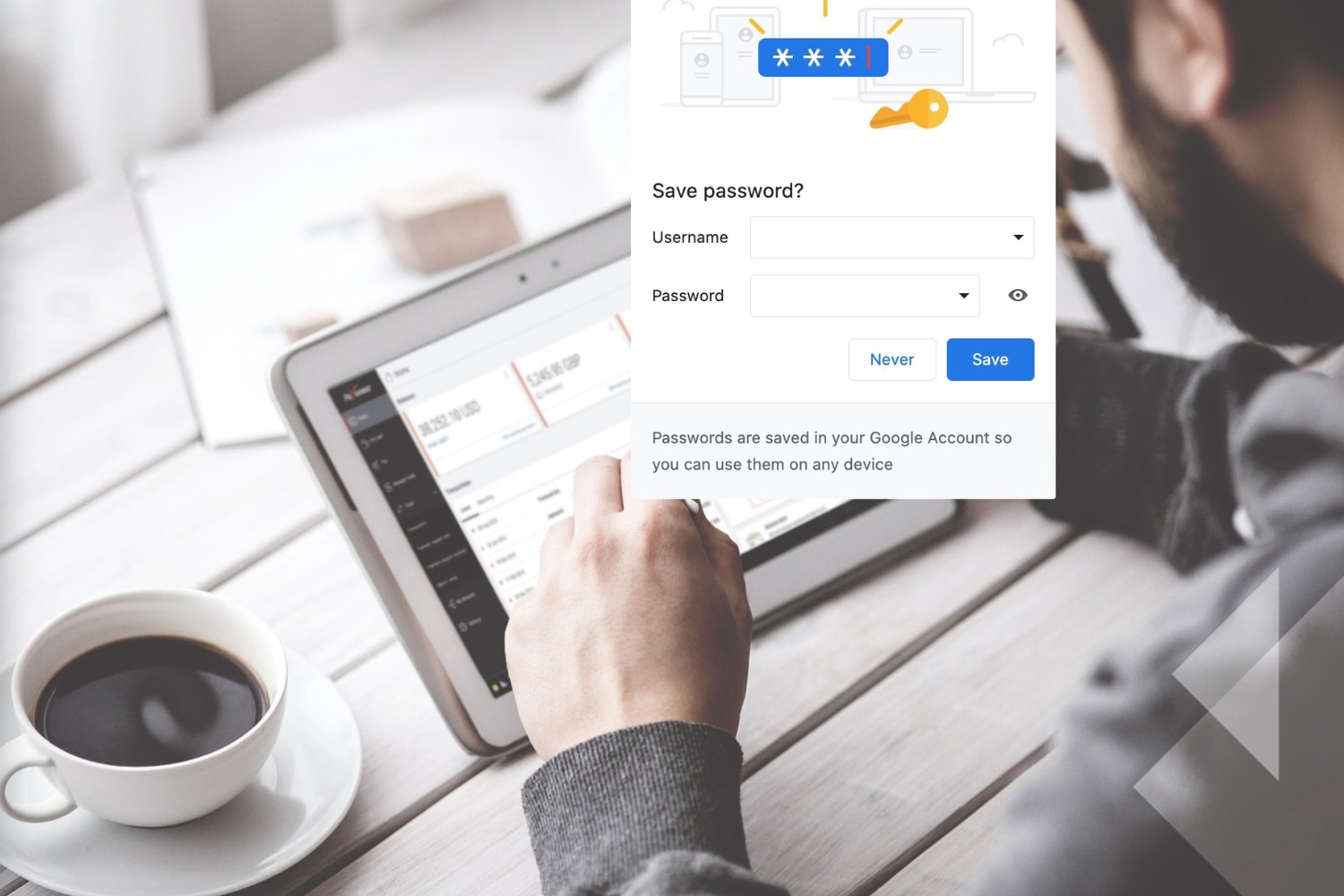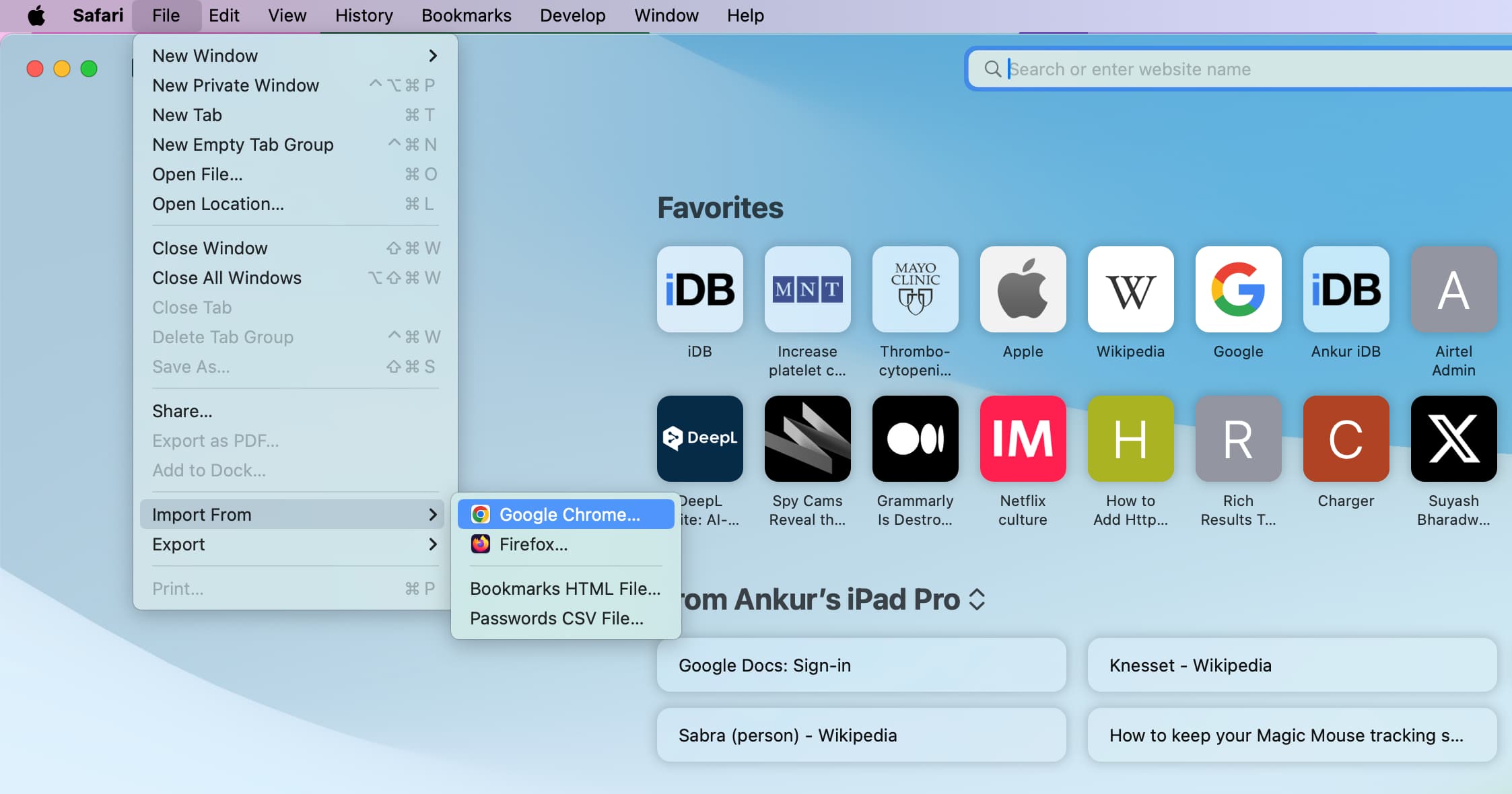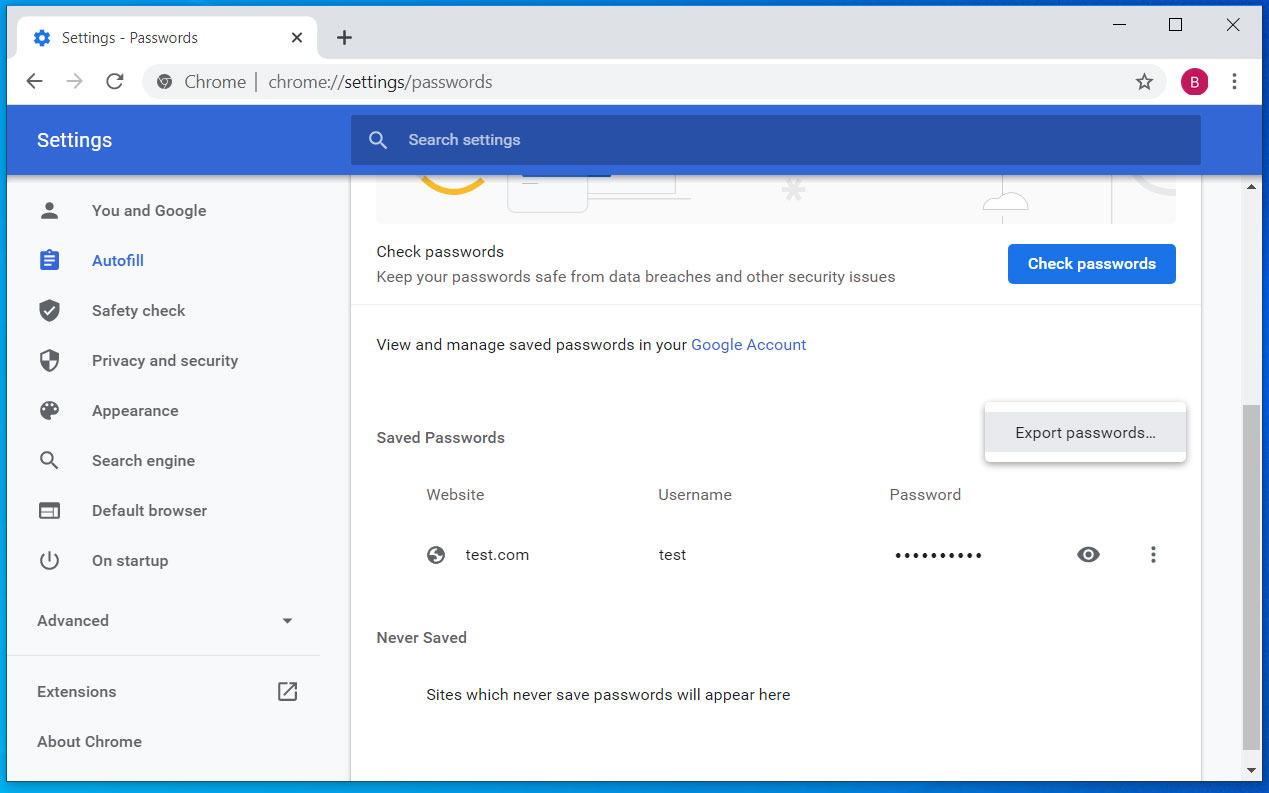Introduction
When it comes to browsing the web, convenience is key. One of the most convenient features offered by web browsers is the ability to save passwords for various websites. This not only saves time but also eliminates the hassle of trying to remember multiple login credentials. Google Chrome, one of the most popular web browsers, provides a seamless way to save passwords for your favorite websites. In this article, we will explore the step-by-step process of having Chrome save a password, ensuring that you can effortlessly access your accounts without the need to repeatedly enter your login information.
Saving passwords in Chrome not only streamlines the login process but also enhances security by allowing users to create complex, unique passwords for each website without the burden of memorization. By understanding how to utilize this feature, users can take full advantage of the convenience and security benefits that Chrome offers. Whether you are a seasoned Chrome user or new to the browser, mastering the art of saving passwords will undoubtedly elevate your browsing experience. So, let's delve into the simple yet invaluable process of having Chrome save a password for your favorite websites.
Step 1: Open Chrome and go to the website
To begin the process of having Chrome save a password, the first step is to open the Chrome web browser on your computer or mobile device. Once Chrome is launched, navigate to the website for which you want to save the login credentials. This can be any website that requires a username and password for access, such as social media platforms, email services, online banking portals, or e-commerce sites.
Upon reaching the website's login page, take a moment to ensure that the website address (URL) is correct and that you are on the official and secure website. This is crucial for safeguarding your personal information and preventing phishing attempts. Look for the padlock icon in the address bar, indicating that the website is using a secure connection.
If you have previously saved the website's login information in Chrome, the browser may automatically populate the username and password fields for you. However, for new login credentials that have not been saved before, you will need to manually enter your username or email address in the designated field. Once the username is entered, you can then proceed to the password field and input the associated password.
It's important to ensure that the login information is entered accurately to avoid any issues with accessing the website in the future. Take your time to double-check the username and password before proceeding to the next step. Once the login credentials are entered correctly, you are ready to move on to the next step in the process of saving the password in Chrome.
By following these initial steps, you are setting the stage for Chrome to capture and securely store the login information for the website, paving the way for a more seamless and secure browsing experience. With the username and password entered, you are now prepared to proceed to the next crucial step of saving the password in Chrome.
This marks the completion of the first step in the process of having Chrome save a password. Now, let's move on to the next step to further explore the seamless process of managing saved passwords in Chrome.
Step 2: Enter your login information
Once you have navigated to the website for which you want to save the login credentials and ensured that the URL is correct and secure, the next step is to enter your login information. This involves inputting your username or email address, followed by your associated password.
When entering your login information, it's essential to do so accurately to ensure that Chrome saves the correct credentials for seamless future access. Take the time to carefully type your username or email address into the designated field. Double-check for any typos or errors to avoid potential login issues down the line.
After entering your username, proceed to the password field. Here, you will input the password associated with your account. It's important to note that passwords are case-sensitive, so ensure that you enter it exactly as it was created. If you're unsure about the accuracy of your password, you can use the "Show password" option provided by Chrome to verify that it has been entered correctly.
As you enter your login information, Chrome may prompt you with the option to save the password. This prompt typically appears as a pop-up at the top of the browser window or within the password field itself. You will have the choice to either "Save" or "Never" save the password for the specific website.
By selecting "Save," Chrome will securely store the login credentials for the website, allowing for automatic population of the username and password fields upon subsequent visits. This eliminates the need to manually enter the login information each time, streamlining the login process and enhancing convenience.
It's important to exercise caution when saving passwords, especially if you are using a shared or public computer. In such cases, it's advisable to refrain from saving passwords to prevent unauthorized access to your accounts.
Once you have entered your login information and opted to save the password, you have successfully completed this pivotal step in the process of having Chrome save a password. With the login credentials securely stored, you are now ready to explore the next step, which involves accessing and managing saved passwords in Chrome.
Step 3: Save the password when prompted
After entering your login information, you may encounter a prompt from Chrome asking if you want to save the password for the website. This prompt serves as a convenient way to ensure that your login credentials are securely stored for future use. When this prompt appears, you will typically see options such as "Save" and "Never" to indicate whether you want Chrome to save the password for the specific website.
Selecting the "Save" option allows Chrome to securely store the login credentials associated with the website. By choosing to save the password, you are enabling Chrome to automatically fill in the username and password fields the next time you visit the website, streamlining the login process and enhancing convenience.
It's important to note that Chrome prioritizes the security of saved passwords. When you opt to save a password, Chrome encrypts and stores the information in your Google Account if you are signed in. This ensures that your login credentials are securely stored and synchronized across your devices, allowing for a seamless browsing experience across multiple platforms.
Additionally, Chrome offers the option to view and manage saved passwords through the browser's settings. This feature provides users with the ability to review their saved passwords, delete outdated credentials, and update passwords for improved security. By accessing the password management settings in Chrome, users can maintain a secure and organized collection of saved passwords for their various online accounts.
It's worth noting that while saving passwords in Chrome offers unparalleled convenience, it's essential to exercise caution, especially when using shared or public devices. In such scenarios, it's advisable to refrain from saving passwords to prevent unauthorized access to your accounts. Chrome also provides the option to never save passwords for specific websites, giving users control over their password-saving preferences.
By understanding and utilizing the prompt to save passwords in Chrome, users can optimize their browsing experience by seamlessly accessing their favorite websites without the hassle of repeatedly entering login credentials. This simple yet powerful feature exemplifies Chrome's commitment to enhancing user convenience and security, making it a valuable asset for both casual and frequent web users.
With the password successfully saved, you have completed this pivotal step in the process of having Chrome save a password. Now, let's proceed to the next step, which involves accessing and managing saved passwords in Chrome.
Step 4: Access and manage saved passwords in Chrome
Once you have successfully saved passwords in Chrome, you may find the need to access or manage these credentials at some point. Chrome offers a user-friendly interface that allows you to conveniently view, edit, and remove saved passwords, providing you with control over your stored login information.
To access and manage saved passwords in Chrome, follow these simple steps:
-
Open Chrome and go to the Settings menu by clicking on the three-dot icon in the top-right corner of the browser window.
-
From the dropdown menu, select "Settings" to access the browser's settings.
-
Within the Settings menu, scroll down and click on "Passwords" under the "Autofill" section. This will direct you to the "Passwords" page, where you can view and manage your saved login credentials.
On the "Passwords" page, you will find a list of websites for which you have saved passwords. Each entry typically includes the website's URL, your username or email address, and an option to reveal the saved password. This provides a convenient way to access your login information for specific websites when needed.
Chrome also offers the flexibility to edit or remove saved passwords. By clicking on the three-dot icon next to each entry, you can choose to either "Edit" the saved password, allowing you to update the login credentials, or "Remove" the saved password if it is no longer needed.
Furthermore, Chrome provides the option to export saved passwords, enabling users to create a backup of their login credentials for safekeeping. This feature can be particularly useful when transitioning to a new device or browser, ensuring that your saved passwords are easily transferable.
It's important to emphasize the significance of maintaining the security of saved passwords. Chrome employs robust encryption to safeguard stored passwords, and users are required to authenticate their identity before accessing the saved password information. This multi-layered security approach ensures that your login credentials remain protected within the browser.
By understanding how to access and manage saved passwords in Chrome, users can maintain a secure and organized collection of login credentials for their various online accounts. This level of control and convenience exemplifies Chrome's commitment to empowering users with seamless password management capabilities, enhancing both security and user experience.
With the ability to effortlessly access and manage saved passwords in Chrome, users can navigate the online landscape with confidence, knowing that their login credentials are securely stored and easily accessible when needed.
Conclusion
In conclusion, mastering the art of having Chrome save a password is a valuable skill that can significantly enhance your browsing experience. By following the step-by-step process outlined in this guide, you can seamlessly save and manage your login credentials, streamlining the login process and bolstering the security of your online accounts.
The convenience of having Chrome save passwords cannot be overstated. With the ability to automatically populate login fields for your favorite websites, you can bid farewell to the repetitive task of entering usernames and passwords manually. This not only saves time but also reduces the likelihood of errors when inputting login information, providing a hassle-free browsing experience.
Furthermore, the security implications of saving passwords in Chrome are noteworthy. The browser employs robust encryption to safeguard stored passwords, ensuring that your login credentials remain secure and inaccessible to unauthorized individuals. Additionally, the synchronization of saved passwords across devices, when signed in to your Google Account, offers a seamless browsing experience across multiple platforms.
It's important to exercise caution and discretion when saving passwords, especially when using shared or public devices. Chrome provides users with the flexibility to manage their saved passwords, empowering them to review, edit, and remove stored credentials as needed. This level of control contributes to a secure and organized approach to password management, aligning with Chrome's commitment to user security and convenience.
By understanding the process of having Chrome save passwords and leveraging the browser's password management capabilities, you can navigate the online landscape with confidence and efficiency. Whether you are a casual web user or rely on Chrome for professional purposes, the ability to effortlessly access and manage saved passwords is a testament to the browser's commitment to user-centric features and robust security measures.
In essence, the seamless integration of password-saving capabilities in Chrome exemplifies the browser's dedication to enhancing user convenience and security. By harnessing this feature, you can elevate your browsing experience, ensuring that your online accounts are easily accessible while maintaining the highest standards of security and privacy.
Mastering the process of having Chrome save passwords is not just about convenience; it's about empowering users with the tools to navigate the digital realm with confidence and peace of mind. So, embrace the simplicity and security offered by Chrome's password-saving feature, and unlock a more streamlined and secure browsing experience.







